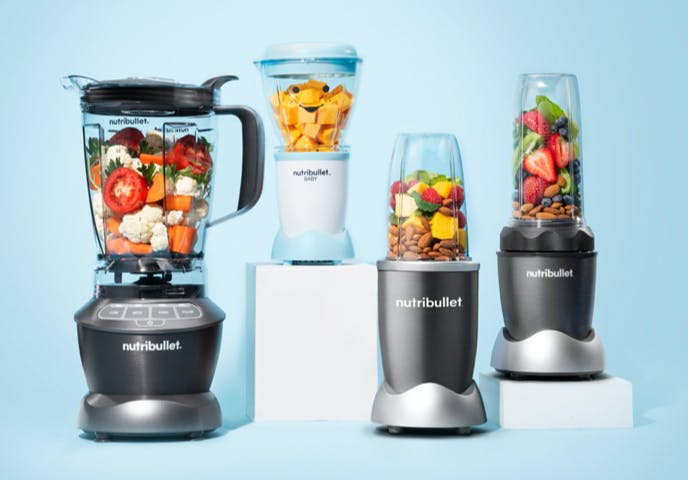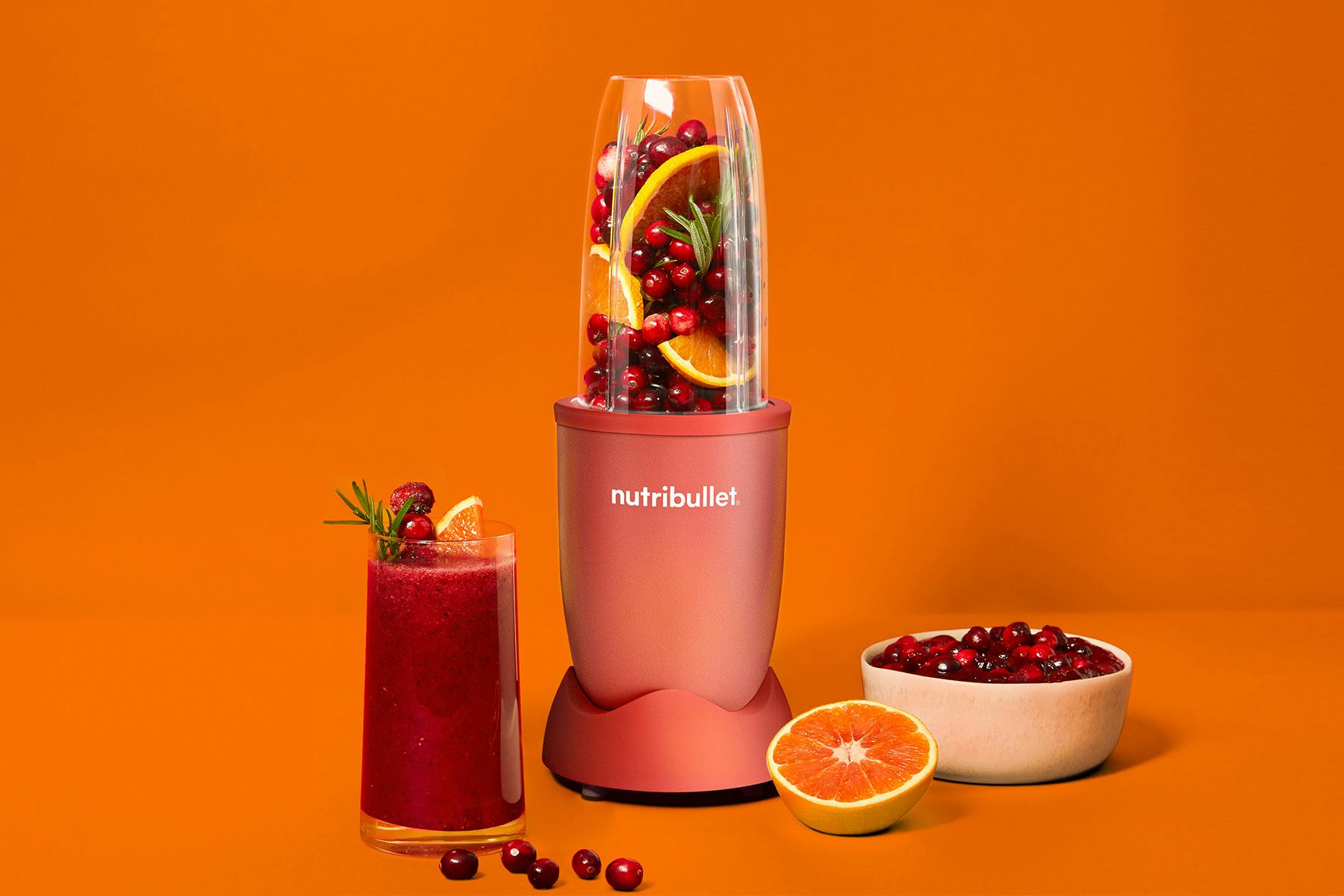Do you fall under the 90 percent of adults who don’t eat enough fruits and vegetables? The new nutrition report from the Centers for Disease Control (CDC) surveyed over 300,000 adults and found alarming results. Only 1 in 10 American adults reported getting enough fruits and vegetables in their daily diets!
What is enough? Government guidelines recommend that adults eat at least one and a half to two cups of fruits and two to three cups of veggies daily. However, only 12 percent of American adults meet that minimum fruit requirement, and a lower 9 percent reach the daily recommended intake of vegetables. In some states, like West Virginia, only a miserable 6 percent of citizens consume the minimum recommended servings of vegetables.
This is bad news for the health of a nation. Diets high in fruits and vegetables provide the body with essential nutrients and offer major health benefits, including lower risks of heart disease, type 2 diabetes, obesity, and certain cancers.
Here are additional findings from the study according to gender, age, and race:
- Nationally, the groups most likely to meet the minimum fruit requirement were women, Hispanics, and people between the ages of 31 and 50.
- The groups most likely to meet the vegetable requirement were women, adults aged 51 and older, and people in the highest income group.
- A higher percentage of Blacks and Hispanics met the recommendation for fruit intake than did Whites, although these differences were significant in only 10 states.
- Generally, lower percentages of Blacks met the recommendations for vegetable intake than Whites and Hispanics did.
Why do so few Americans reach these modest goals? The CDC noted that perceived high costs and limited availability and variety of fruits and vegetables were all factors. There’s also a mistaken belief that vegetables and fruits require extra prep time in the kitchen.
Cost is a major factor, as well. Studies found that when nourishing foods, like vegetables, cost more than unhealthy foods, like salty and sugary snacks, Americans are less likely to have a high-quality diet.
The CDC provided the following recommendations to help overcome some of those obstacles:
- Starting or expanding farm-to-institution programs in childcare, schools, hospitals, workplaces and other institutions.
- Improving access to retail stores and markets that sell high-quality fruits and vegetables.
- Ensuring access to fruits and vegetables in cafeterias and other foodservice venues in worksites, hospitals, and universities.
Frozen fruits and vegetables are low cost and convenient options to have on hand. Community gardens and farmer’s markets, when in season, offer the same benefits.
There are many ways to prepare fruits and vegetables in the kitchen. And in some cases, little to no prep is required. What is another way to ensure you’re getting the daily recommended servings of fruits and veggies? Pull out your nutribullet for the whole family on a daily basis! Eating enough fruits and vegetables each day is healthy and simple when you know where to buy them and how to work them into your diet. Get creative or try any one of our nutrient-packed recipes!



















